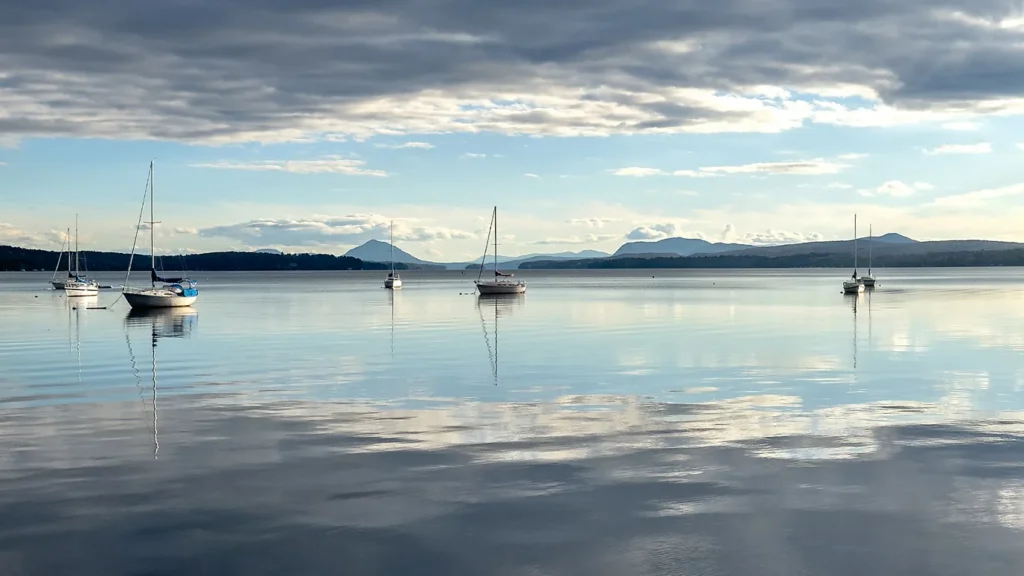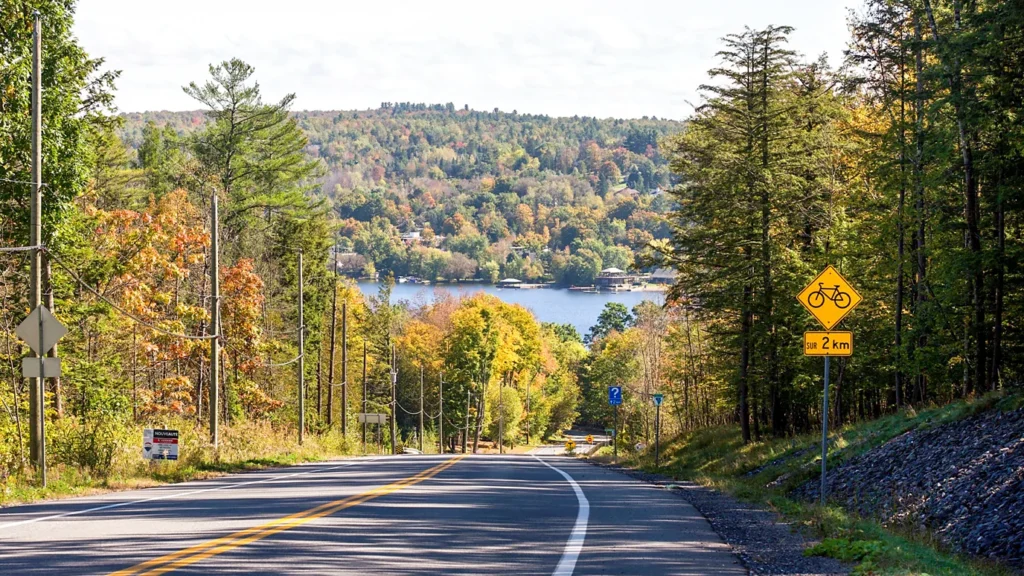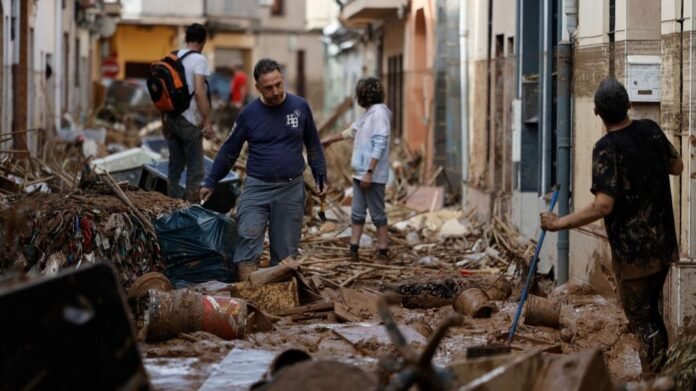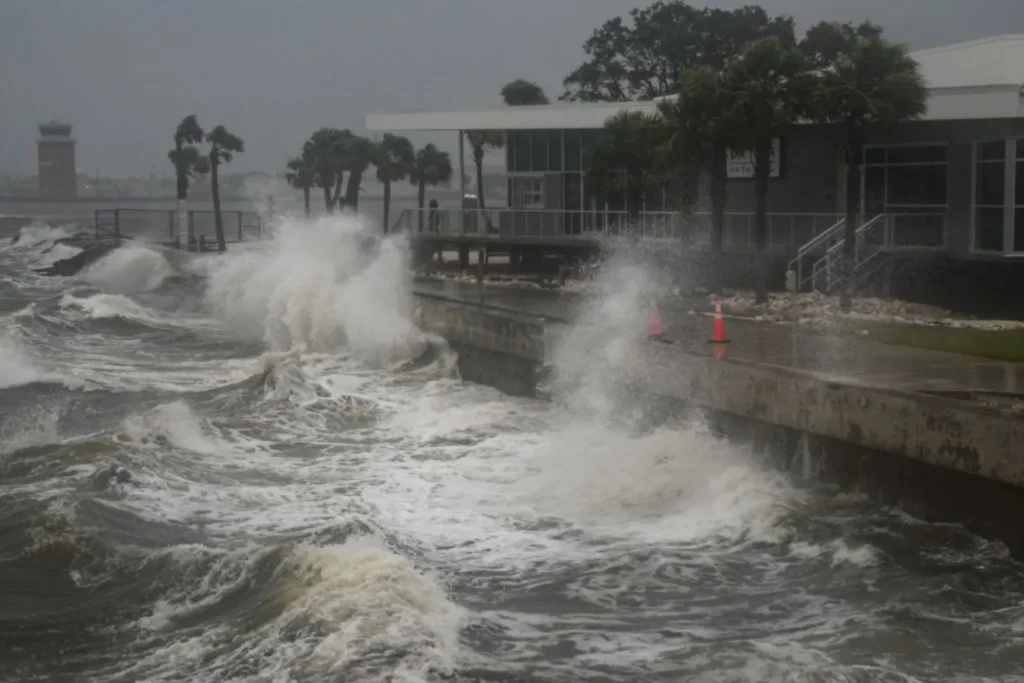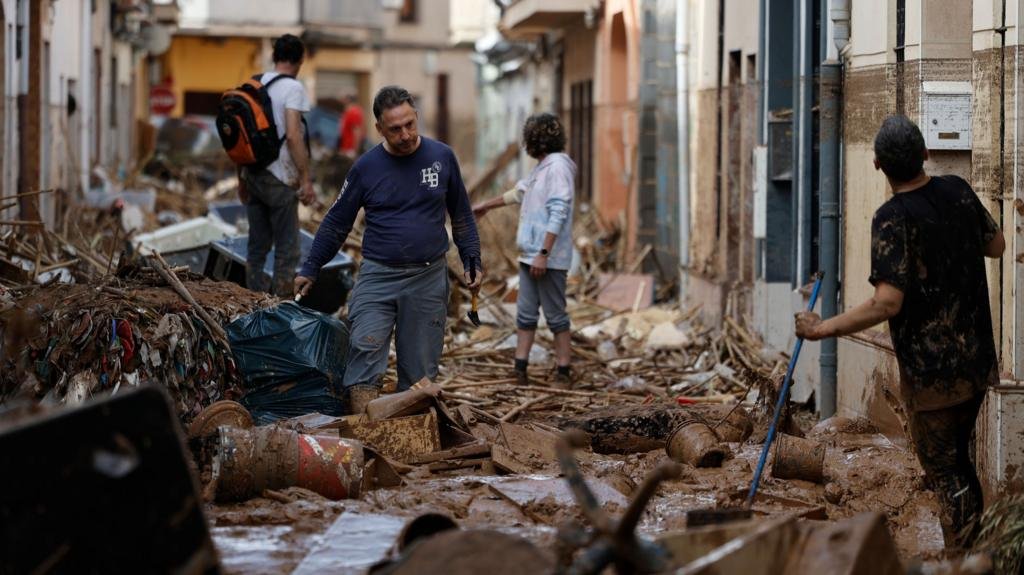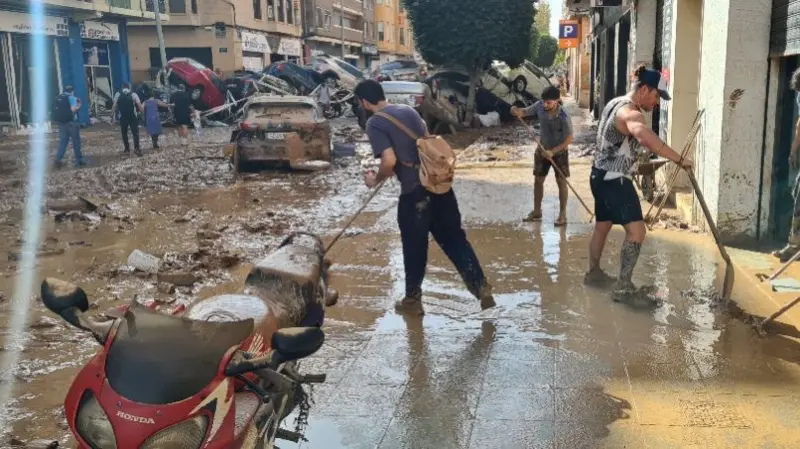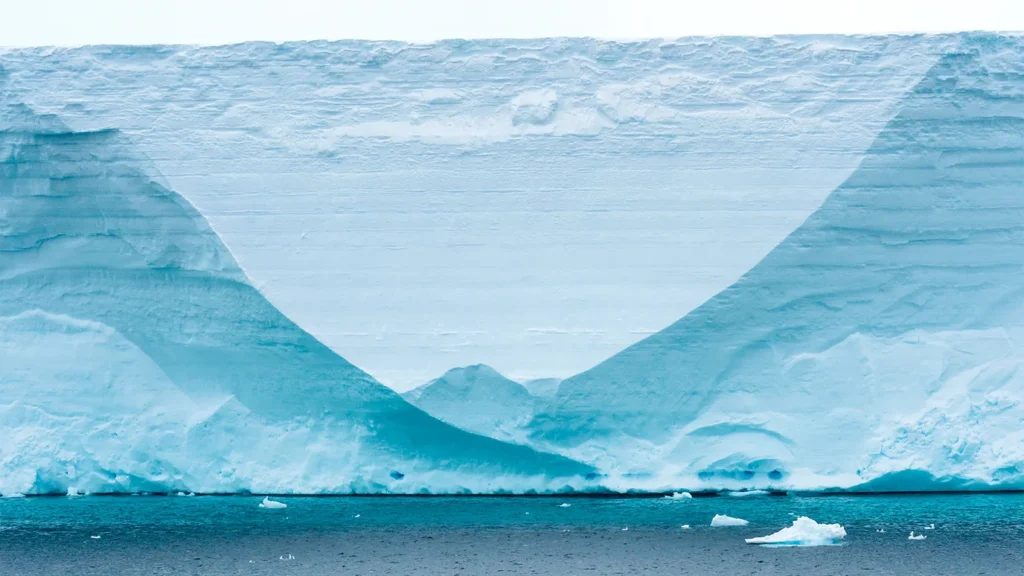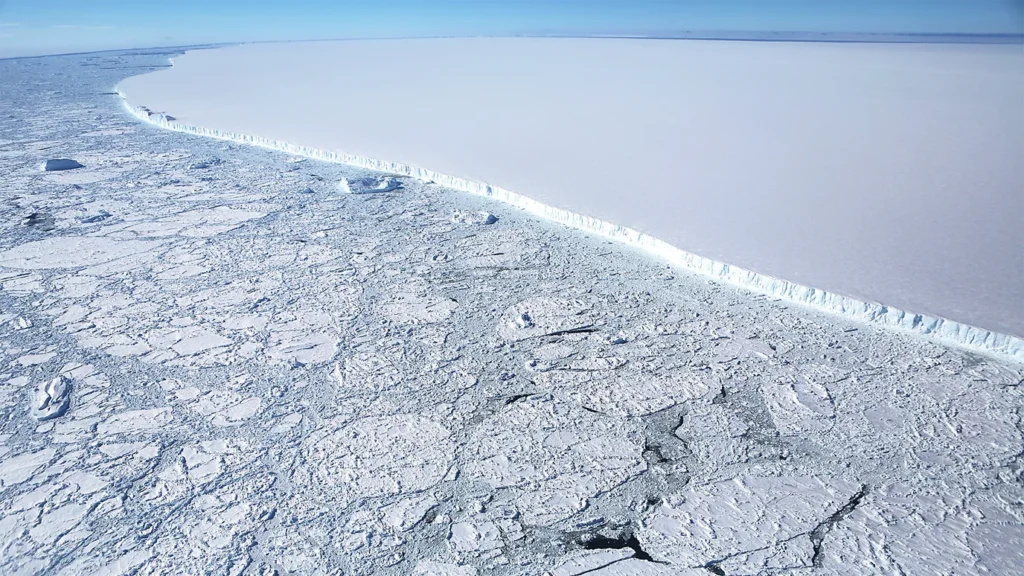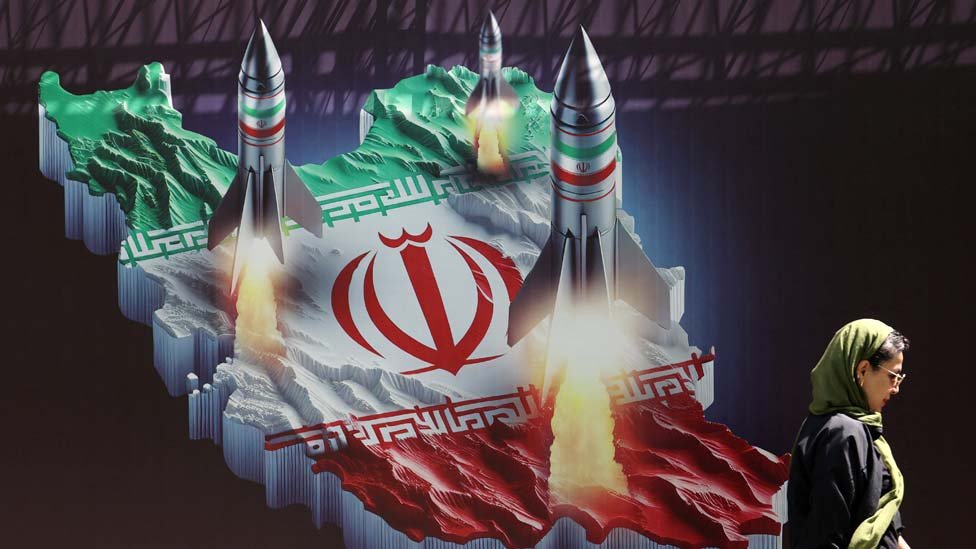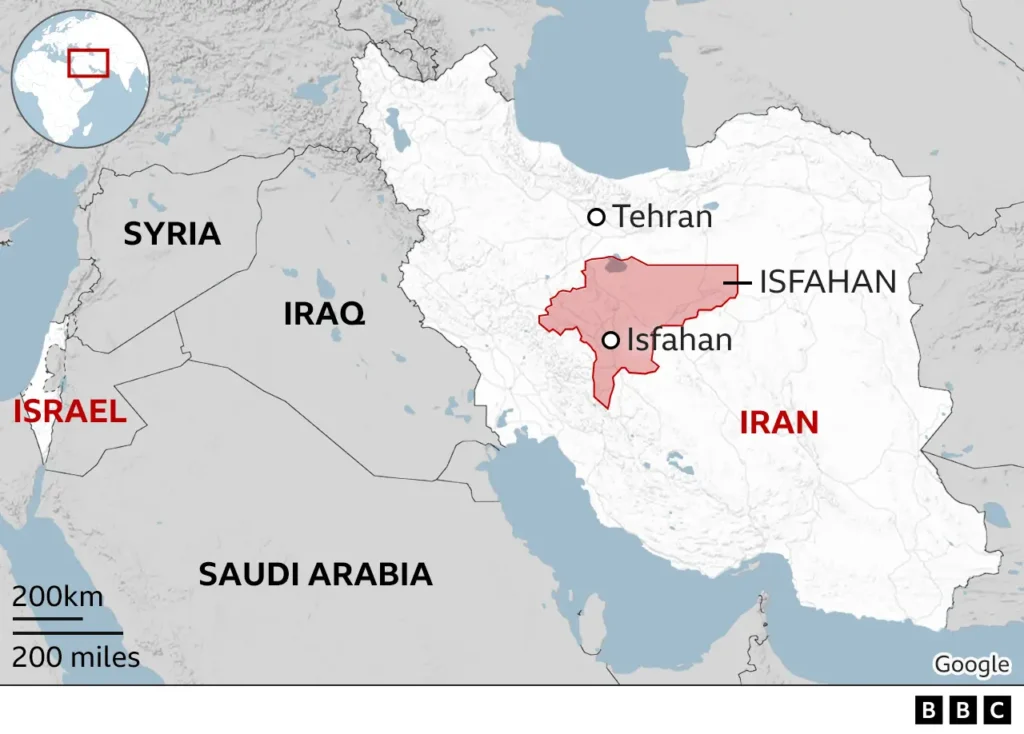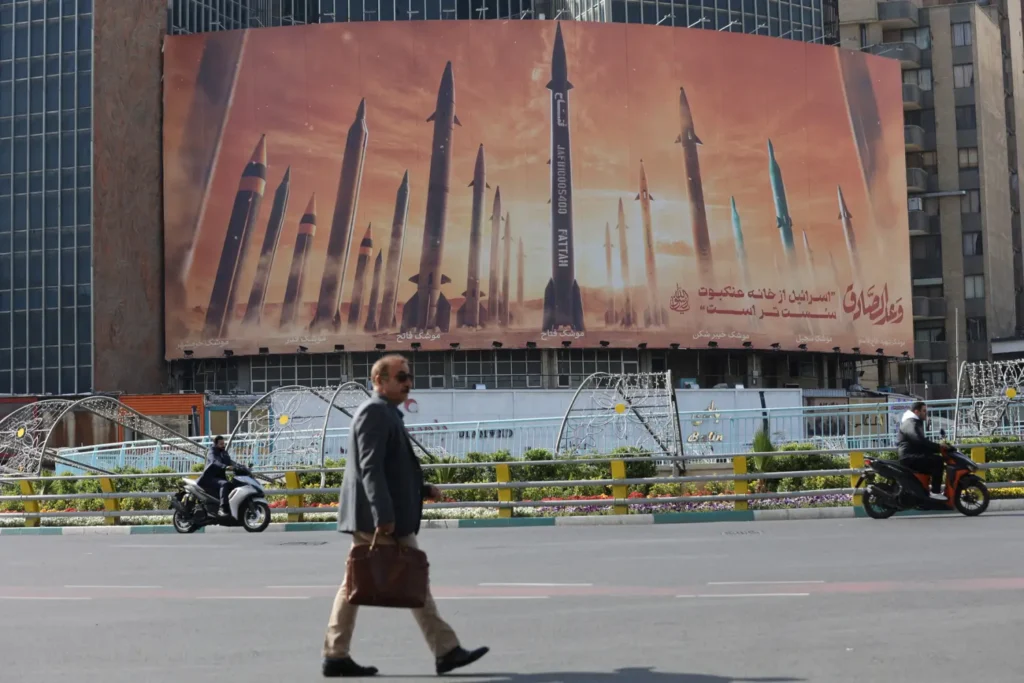
title
Declining on his campaign promise of mass deportation of illegal immigrants, US President-elect Donald Trump has doubled down that the cost of doing so would not be a deterrent.
In some of his first public comments upon election victory, Trump declared that his top focus upon becoming office in January will be to make the border “strong and powerful”.
“There is no price tag question here. Actually, Trump told NBC News, we have little option.
“People who have slain and murdered, drug lords who have devastated nations, and now they are returning to those nations since they are not living here. There is no tag on price.
His vice-president-elect JD Vance had claimed they would start with one million, although his campaign has offered different estimates as to how many could be eliminated.
During Thursday’s phone interview with NBC, Trump largely attributed his immigration stance for helping him to win the race.
“They want borders, and they like people coming in, but they have to come in with love for the country,” he remarked. They have to arrive legally.
Expelling so many people simultaneously presents major legal and logistical difficulties, according to experts.
With families ripped apart and raids occurring in towns and businesses all throughout the US, immigration supporters have also cautioned on the human cost of deportations.
Identify the legal challenges.

Based on the most recent estimates from the Department of Homeland Security and Pew
Research, there are around 11 million illegal immigrants living in the US right
now—a count that has stayed rather constant since 2005.
Most live here long-term; over four-fifths have been in the nation for more
than ten years.
Immigrants without legal status have rights including due process, which
includes a judicial hearing prior to their deportation. A sharp rise in
deportations would probably mean a significant expansion in the immigration
court system, which has been afflicted with backlogs.
Most immigrants already in the nation join the deportation system through local
law enforcement rather than Immigration and Customs Enforcement (Ice)
officials.
But several of the biggest towns and counties in the US have approved rules
prohibiting local police cooperation with Ice.
Trump has promised to strike against these “sanctuary cities,” but
the patchwork of municipal, state, and federal regulations that America boasts
complicates the matter.
Policy expert Kathleen Bush-Joseph of the Washington-based Migration Policy
Institute, or MPI, said that any major deportation scheme would depend
critically on cooperation between Ice and local authorities.
“It’s much easier for Ice to pick someone out from a jail if local law
enforcement co-operates, instead of having to go look for them,” she
remarked.
Ms. Bush-Joseph cited, for instance, an early August announcement from
Florida’s Broward and Palm Beach counties that they would not assign deputies
to assist any mass deportation scheme.
“There are many others who would not co-operatively support a Trump mass
deportation scheme,” she remarked. “That makes it rather more
difficult.”
Any mass deportation initiative is therefore likely to be almost immediately
greeted with a flurry of court challenges from immigration and human rights
campaigners.
However, a 2022 Supreme Court decision indicates that courts cannot provide
injunctions on immigration enforcement policies, so they would continue even as
the challenges traverse the judicial system.
Getty Images is Ice agents pulling a migrant from a Los Angeles raid in
September 2022Gettyimages
Ice enforcement further from the borders usually concentrates on suspects with
criminal records rather than recently arriving immigrants.
Can that be done, practically though?
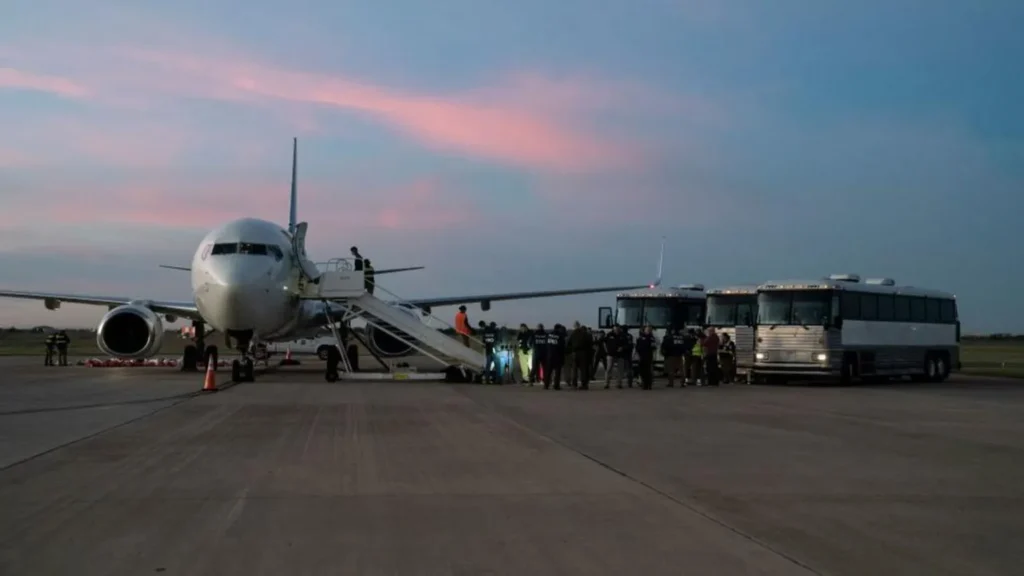
Authorities would still have to deal with great logistical difficulties even if a US
government could lawfully proceed with ideas for mass deportations.
Under the Biden administration, deportations have concentrated on freshly
arrested border migrants. Most of the migrants deported from further inland in
the US from locations not close to the border are those with criminal histories
or judged national security concerns.
Suspended in 2021 were controversial raids on locations used under the Trump
presidency.
Unlike those at the border, deportations of persons caught in the US interior
have hovered at below 100,000 for a decade, following a high in early years of
the Obama administration.
Aaron Reichlin-Melnick, policy director of the American Immigration Council,
told the BBC “To raise that, in a single year, up to a million would
require a massive infusion of resources that likely don’t exist.”
First of all, analysts question whether Ice’s 20,000 agents and support staff
would be sufficient to locate and follow even a quarter of the numbers the
Trump campaign is touting.
Mr. Reichlin-Melnick further pointed out that the deportation process is
lengthy and convoluted and starts only with the identification and arrest of an
illegal immigrant.
Following that, inmates would have to be housed or placed on a
“alternative to detention” program before they are presented before
an immigration court inside a system with a years-long backlog.
Then detainees are taken out of the US; this process calls for diplomatic
cooperation from the recipient nation.
“In each of those areas, Ice simply does not have the capacity to process
millions of people,” Mr Reichlin-Melnick remarked.
Trump has declared he would assist with deportations using the National Guard
or other US military personnel.
Historically, the US military’s involvement in immigration concerns has been
restricted to support roles near the US-Mexico border.
Apart from the military and “using local law enforcement,” Trump has
not specifically addressed how such a major deportation scheme could be
executed.
The former president also merely in an interview with Time magazine earlier
this year that he would “not rule out” establishing new migrant
detention camps and that he would move to provide police protection from
prosecution from “the liberal groups or the progressive groups”.
He also mentioned that those who do not “won’t partake in the riches”
and that incentives for state and municipal police organisations to engage
could exist.
“We have to do this,” he insisted. “For our nation, this is not
a sustainable issue.”
Research director Eric Ruark of NumbersUSA, a proponent of stricter immigration
restrictions, argued that any deportation initiative from the interior would
only be successful if combined with more border security.
“That has to take front stage. If that isn’t the case, you’re going to
achieve very little internal development,” he remarked. “That’s what
drives people’s consistent attendance.”
Mr. Ruark also mentioned that it would be essential to concentrate on
businesses employing illegal immigrants.
“They’re coming for work,” he remarked. “And they’re getting
those jobs since internal enforcement has basically been destroyed.”
Getty pictures October 2023 immigrants checking in for a deportation flight to
VenezuelaGetty photos
Even small increases in the number of immigrants taken from the US would call
for major funding and other resources.
The political and budgetary expenses
The
entire cost of one million or more deportations, according to experts, would
run in tens or maybe hundreds of billions of dollars.
In 2023 the Ice budget for deportation and transportation came to $420m
(£327m). That year the government deported somewhat more than 140,000 persons.
While awaiting court hearings or deportations, thousands of immigrants would be
arrested; the Trump campaign has envisioned creating huge camps to keep them
all.
Additionally greatly enlarged would be the number of removal flights, maybe
needing military aircraft to increase present capacity.
Any one of these categories could have major expenses with a minor expansion.
Mr. Reichlin-Melnick stated, “even a minor change is in the tens of
millions, or hundreds of millions.” “A noteworthy shift is in the
tens or hundreds of millions.”
These expenses would be on top of the other border security initiatives Trump
has promised: ongoing construction of a southern US border wall, a naval
blockade to stop fentanyl from entering the US, and deploying thousands of
troops to the border.
From a public relations sense, “nightmarish images” of mass
deportations might potentially cost a possible Trump government politically,
according to migration and border specialist Adam Isacson from the Washington
Office on Latin America.
Every American town would witness people they know and love boarding buses, Mr.
Isacson remarked.
“You would have some quite terrible images on TV of crying children, and
families,” he said. “That is really terrible press all around. Family
separation; but, on steroids.”
Have mass deportations ever occurred?
About
1.5 million people were deported under the four years of the former Trump
government from the US interior as well as the border.
Statistics indicate the Biden government, which had deported almost 1.1 million
people up until February 2024, is on target to match that.
More than three million people were deported during the two Obama terms, while
Mr Biden was vice-president, which led some proponents of immigration reform to
label Barack Obama the “deporter-in-chief”.
The only historical analogy to a mass deportation campaign happened in 1954,
when Operation Wetback—named for a disparaging epithet then usually used
against Mexican citizens—sent as many as 1.3 million people backcountry.
Historians disagree with that statistic, though.
Under President Dwight Eisenhower, the program faced significant public
opposition as well as financial constraints and some US citizens were also
deported. It was basically dropped by 1955.
Experts on immigration claim that the previous operation’s emphasis on Mexican
nationals and lack of due process makes it unlike what a contemporary mass
deportation campaign would look like.
“Those [deported in the 1950s] were single, Mexican men,” said
Kathleen Bush-Joseph of MPI.
“Today, most persons arriving between ports of entrance come from
locations outside of Mexico, or perhaps northern Central America. Returning
them is far more difficult, she said.
“Those are not comparable scenarios.”












